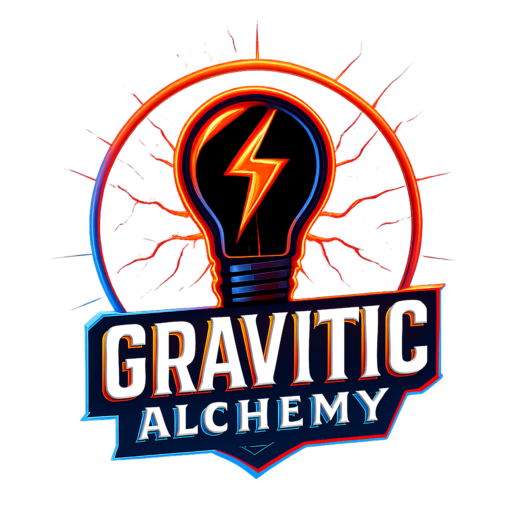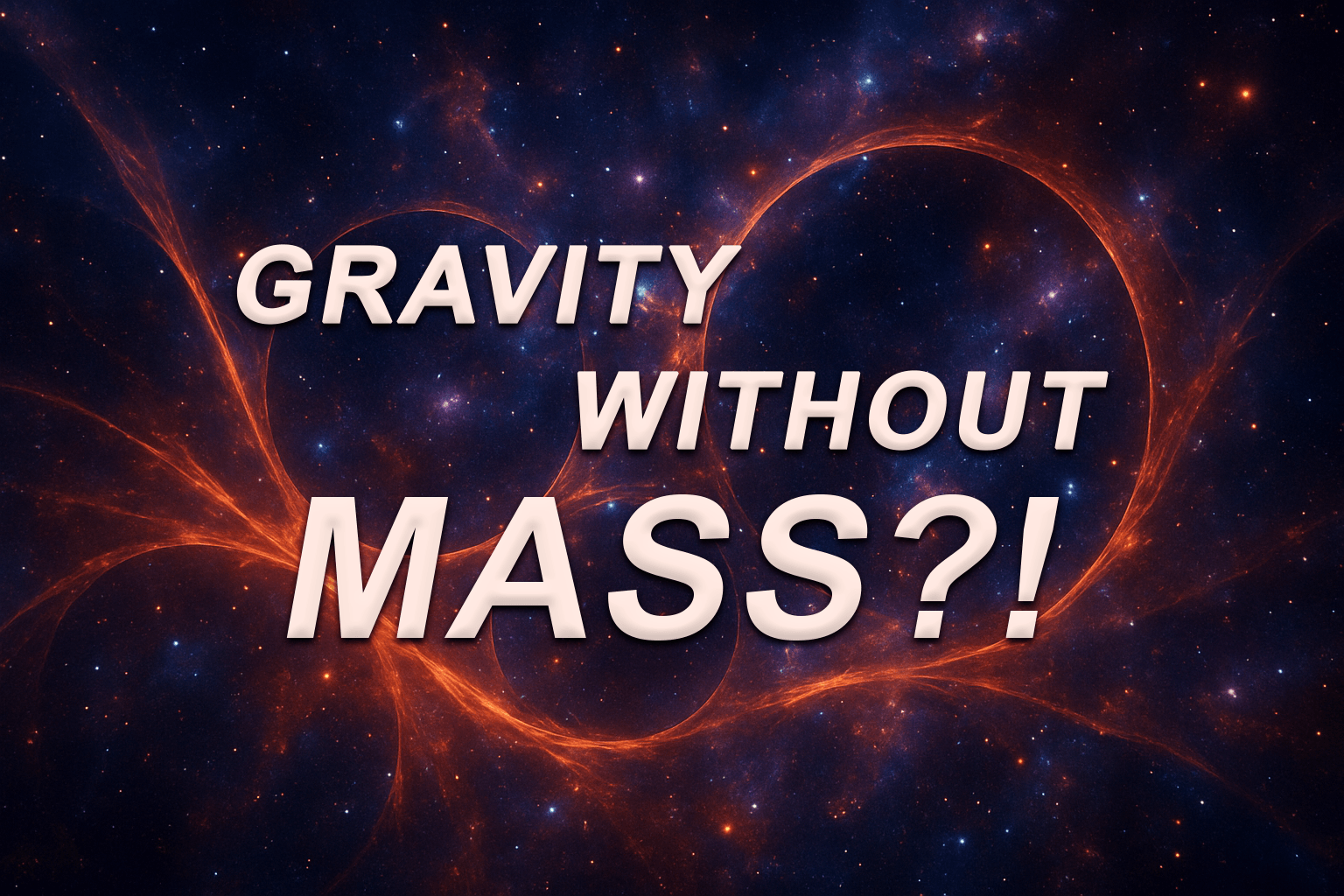How Richard Lieu’s “Shell Theory” Echoes and Confirms Acoustic Gravitic Theory
Dr. Richard Lieu’s recent publication in the Monthly Notices of the Royal Astronomical Society has sparked fresh debate across the astrophysical world. By proposing that gravity can arise from topological defects in space—massless shells that create measurable gravitational effects—Lieu has reopened the door to alternative gravity models. But what if the missing pieces to his puzzle are already here?
Lieu’s Breakthrough: Gravitational Shells with Zero Net Mass
Lieu’s paper describes concentric shell-like structures, each with a thin inner layer of positive mass and an equally thin outer layer of negative mass, producing a net mass of zero. Despite this, the shells still generate gravitational attraction and can even bend light. This massless structure explains both galaxy rotation curves and gravitational lensing—two phenomena traditionally used to justify dark matter.
The significance? Lieu’s work breaks the mass-gravity link. For nearly a century, science has assumed that mass is the cause of gravity. Lieu’s model shows this assumption is not necessary. But what he leaves unexplained is how massless structures can generate force—what medium or mechanism makes that interaction real?
Enter Acoustic Gravitic Theory: A Mechanism for Lieu’s Shells
Acoustic Gravitic Theory (AGT), developed in 2019, proposes that gravity is not an attractive force but a mechanical pressure gradient arising from solar-induced seismic resonance. Low-frequency waves from the Sun (ELF, ULF, and Alfvén waves) excite Earth’s core, generating a continuous hum that propagates into the atmosphere as infrasound. These standing infrasonic waves form vertical pressure gradients that exert a downward push on objects—especially those with impedance mismatches like dense solids.
Lieu’s theory assumes that geometric structure alone is enough. AGT shows what drives those structures: wave pressure, not spacetime curvature or hidden matter. Just as Lieu’s shells can produce gravity with zero net mass, AGT shows that pressure fields—propagated through compressible media like air or plasma—can generate weight without mass-based attraction. The two theories meet in the middle: geometry plus wave dynamics.
Lensing Without Dark Matter? AGT Has an Answer There Too
Lieu uses layered shells to mimic the bending of light. AGT explains this same effect as refractive index gradients in plasma, energized by solar wave input. The ionosphere and circumgalactic medium act as multi-shell waveguides. As electromagnetic waves pass through, they bend—not because of mass-induced curvature, but due to phase shifts across varying plasma densities. AGT even predicts chromatic lensing, which general relativity cannot account for.
Flat Rotation Curves? AGT Calls Them Pressure Nodes
Just like Lieu’s shells sustain constant orbital speeds, AGT proposes that stars orbit along acoustic nodes formed by magnetosonic wave interference across the heliosphere. These nodes stabilize planetary positions, not because they’re “held in orbit by mass,” but because the wave pressure is strongest at those radial positions. It’s orbital resonance, not invisible matter.
The Core Integration: A Mechanical Universe
What Lieu theorizes through geometry, AGT explains through mechanics. AGT supplies the missing medium—plasma, atmosphere, pressure gradients—and the missing mechanism: Primary Bjerknes Forces acting on objects immersed in oscillatory fields. AGT does not stop at Earth; it extends to heliospheric wave harmonics, explaining planetary spacing, redshift distortion, and even the apparent “gravitational” behavior of galaxy clusters.
Conclusion: Where Lieu Sees Possibility, AGT Offers Mechanism
Lieu has proven something radical: gravity does not require mass. But without a medium and mechanism, his theory risks becoming another untestable abstraction. AGT provides both. It’s grounded in fluid dynamics, atmospheric physics, and measurable wave behavior.
Gravity isn’t a pull. It’s a push—from structured oscillations that saturate every layer of space, from Earth’s crust to the edge of the heliosphere. Lieu’s shells hint at the structure. AGT explains the function.
Lieu, R. (2024). The Binding of Cosmological Structures by Massless Topological Defects. Monthly Notices of the Royal Astronomical Society, 531(1), 1630–1641.
https://academic.oup.com/mnras/article/531/1/1630/7673084


